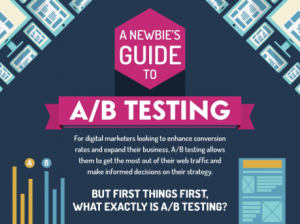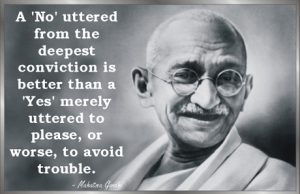This week Deloitte University Press released its annual report Global Human Capital Trends 2016 “The new organization: Different by design.”
As usual, the report is jam-packed with useful findings that affect not only human resources leaders, but all business leaders. In fact, the report’s central theme is that in order to drive positive change in our companies, we need to redesign the organization– how teams operate, how leaders operate, and overall how things get done in organizations.
“How things get done in organizations” is exactly our wheelhouse at CultureIQ, because that is the very definition of company culture. Therefore, we compiled some culture-related highlights from the report to help us all re-think how we get things done in our organizations, and how we might want to be doing it differently.
Culture and engagement: Both important, two separate topics
Last year’s report found “culture and engagement” as a driving issue facing organizations around the world– in fact 87% of leaders ranked it as their top challenge. This explains the amount that we hear about these topics in the news, in the market, and in our own organizations. These are still hot topics in 2016, in fact, so hot that this year’s report separated “culture” and “engagement” into two separate and significant trends.
What is the difference? As the report states: “Culture describes ‘the way things work around here,’ while engagement describes ‘how people feel about the way things work around here.’” We couldn’t have said it better ourselves.
This distinction is something we think a lot about at CultureIQ. In fact, we’ve been in the business of re-thinking the annual engagement survey, partly because we see significant value in focusing on culture, rather than engagement alone. In an article from last year, we explain how employee engagement is one outcome of a strong company culture. Further, according to a recent study, a strong culture boosts performance, but strong performance alone isn’t enough to create a positive culture. These are just a few of the reasons why we think a focus on culture is so essential to shaping a successful organization.
Culture and strategy — not so separate after all
Historically, business strategy has received a lot more credibility in organizations compared to company culture. However, as Deloitte’s Global Human Capital Trends 2016 report explains, the two should be aligned and addressed together: “In the ‘new organization,’ senior leaders must drive cultural change just as they do other cross-organization issues, reinforcing the behaviors necessary to support the business strategy.” This point necessitates a shift in how we approach culture.
For one, because not all business strategies are alike, not all cultures will be alike. In other words, company culture isn’t one-size-fits all, and companies need to understand their current culture and determine their target culture. To address this, CultureIQ measures two types of culture: operational and strategic.
Some aspects of company culture are shared amongst high-performance companies. These qualities, like support and collaboration, will enhance your culture no matter what your company looks like or does. We measure qualities common to high-performance companies to determine the strength of a company’s operational culture. Finding out how your company performs in these qualities is helpful in identifying strengths and pain points, and figuring out where to focus on improvements.
Strategic culture is set of behaviors that support your organization’s strategy. Unlike operational culture, there is no universal “right” or “wrong,” because it is dependent on how your specific company works. For example, a marketing agency might strive for a culture of risk-taking, but that’s probably not the best bet for a chemical manufacturing company.
Regardless of the specific type of culture, in order to fully align strategy and culture, we should treat culture as a key strategic initiative, not an afterthought. This requires regular, proactive efforts. It requires metrics and accountability. And it requires prioritization from the top.
We have a lot of work to do
Probably the most striking culture finding in Deloitte’s Global Human Capital Trends 2016 report is that 82% of survey respondents believe that “culture is a potential competitive advantage,” whereas only 28% believe they understand their culture well and 19% believe they have the “right culture.”
Deep breath. Yes, we have a lot of work to do, but I am feeling optimistic. The thesis of the report is that we have to start shaking things up in a larger sense, including how we treat the topics of culture and engagement in organizations. As the report states: “Culture is a business issue, not merely an HR issue.” By understanding the broad and deep reach of culture, we can start making meaningful, measurable changes to how things get done in our organizations.
What are these changes? I can’t tell you exactly, but I guarantee you that asking your employees is a great place to start.
Business & Finance Articles on Business 2 Community(35)
Report Post





